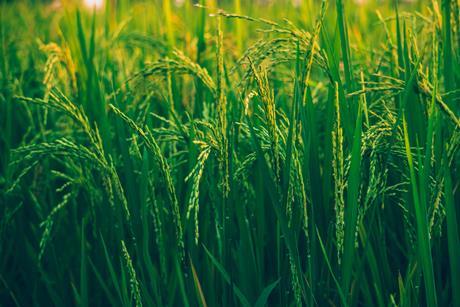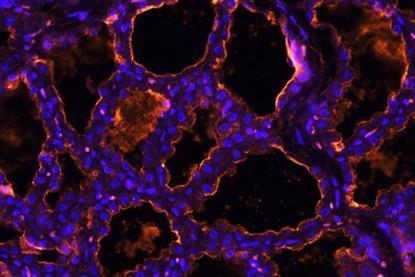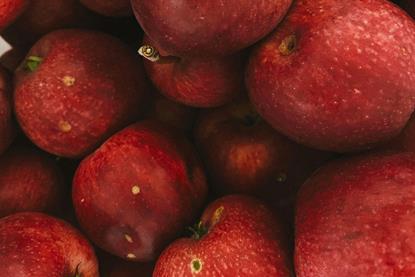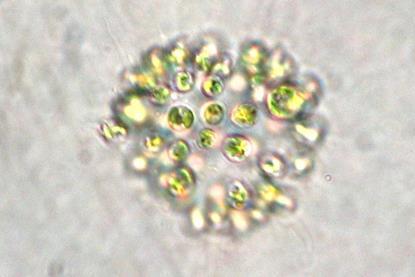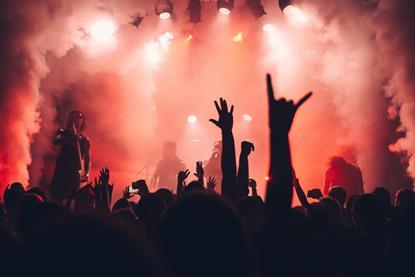Food security
Millions of people are undernourished globally and with the population growing, food security is a major concern. Food security is multifaceted, requiring advancements in food safety, ensuring products have a good shelf life, reducing spoilage and providing dietary additions to improve the nutrient intake of the population. The application of microbiology is far reaching, and new approaches are required to maintain food security. Through an improved understanding of plant-microbe interactions, it is possible to forecast and mitigate food shortages.
News
Can certain bacteria regulate aging of the immune system and its related alterations?
Researchers have discovered a strain of Lentilactobacillus capable of preventing and even reversing aging-related immune alterations. Feeding aged mice with heat-inactivated YRC2606 resulted in lowered levels of inflammatory cytokines and signaling proteins.
Read story- Careers
CBCTA 2024 oral presentation winners: Isabella and Lia take home the honours
Letters in Applied Microbiology sponsored the best oral presentation award at the 29th Brazilian Congress of Food Science and Technology (CBCTA 2024). Winner Isabella Bassoto Xavier and runner-up Lia Mariano Aquino take a dive into their research.
- Careers
Summer studentship: Harini searches South Asian fermented foods for microbes that can tackle fruit browning
Harini Satkunarasa reports back on her AMI-sponsored summer studentship which explored South Asian fermented foods as a source of microorganisms for tyrosinase inhibition, with the wider aim of finding natural ways to decrease fruit browning in foods.
- News
Scientists create microneedle system to deliver living biofertiliser directly into plants, boosting growth with less waste
A dissolving patch delivers beneficial microbes into leaves and stems, speeding growth in vegetables while using over 15 per cent less biofertiliser than soil application.
More food security
News
Rice resists change: Study reveals viral tools for probing gene function fall short
Researchers tested two popular viral vectors - barley stripe mosaic virus (BSMV) and foxtail mosaic virus (FoMV) - to see if they could temporarily switch genes on or off in rice (Oryza sativa). They found no evidence that these virus-enabled reverse genetics (VERG) techniques work in rice.
- News
Receptors in mammary glands make livestock and humans inviting hosts for avian flu
A new study shows that the mammary glands of several other production animals besides cows – including pigs, sheep, goats, beef cattle and alpacas – are biologically suitable to harbor avian influenza, due to high levels of sialic acids.
- News
Postharvest apple immunity: a key factor in shelf life and fruit quality
New research sheds light on how the immune system of apple fruits interacts with their microbiomes during storage, playing a crucial role in maintaining fruit health and preventing spoilage.
- News
Previously unrecognized pathway in plants and phytoplankton offers mercury-detox powers
Primary producers—including phytoplankton—possess a previously overlooked ability to internally break down and detoxify methylmercury. The demethylation pathway rapidly converts methylmercury into less toxic inorganic mercury, which is subsequently reduced to gaseous Hg⁰.
- Careers
The Future is Fungi 2025: award-winner Michroma’s mission to harness fungi for clean food dyes and flavors
Winner of The Future is Fungi Award 2025, US and Argentina-based foodtech startup Michroma is replacing petrochemical coloring with fungibased natural ingredients, launching one of the world’s leading sustainable platforms for food flavors and colors. Here’s its story.
- News
Biochar boosts hydrogen and methane yield in next-generation food-waste-to-energy systems
A research team has demonstrated that adding biochar to two-phase anaerobic digestion systems can significantly increase hydrogen and methane production from food waste, while maintaining system stability under high organic loading rates.
- News
Pathogens are the biggest threats at festivals and mass gatherings
A comprehensive review led by public health experts reveals that infectious disease outbreaks and foodborne illnesses are the most common public health threats at youth-focused mass gatherings, ranging from music festivals and cultural celebrations to sporting and religious gatherings.
- News
Microalgae could play key role in bio-based circular economy
With food systems under pressure from climate change, geopolitical instability, and supply chain vulnerabilities, the EU is driving innovation toward more sustainable, resilient, and local production models. Microalgae have emerged as a promising resource for producing ingredients across food, feed, and other consumer goods.
- News
Plant extracts show promise in reducing human pathogen risks in agricultural soils
A new study has revealed that natural plant extracts can significantly lower the risks posed by human bacterial pathogens in manure amended agricultural soils. The eco friendly strategy disrupts the communication systems that bacteria use to coordinate harmful activities.
- News
Can a synthetic compound help plants recruit beneficial bacteria?
Researchers examining how a DMA analog called proline-2’-deoxymugineic acid (PDMA) influences the rhizosphere microbiome of peanut plants found that PDMA increased the abundance of beneficial microbes, particularly those within the phylum Actinobacteria.
- News
Microplastics disrupt gut microbiome and fermentation in farm animals
Microplastics, tiny plastic particles pervasive in agricultural environments, interact with and disrupt the microbial ecosystem in the rumen – the first stomach chamber of cattle, reveals an international study.
- News
US- & Argentina startup Michroma wins €250k investment with The Future is Fungi Award 2025
A new frontier in biotechnology just crowned its next pioneer. Out of 187 groundbreaking startups from 59 countries, Michroma wins the The Future is Fungi Award 2025, taking home €250,000 / USD 289 000 in investment.
- News
Researchers develop novel sensor-integrated wrapper for food quality monitoring and preservation
A research team has developed a two-in-one nanostructured SERS sensor integrated into a stretchable and antimicrobial wrapper (NSSAW) that not only monitors food directly on the surface but also actively preserves it.
- News
Acid rain may be training soil bacteria to become more deadly
Acid rain from fossil fuel pollution may be quietly training soil bacteria to become longer-lived, more transmissible, and more deadly, according to a new study that tracks how a notorious foodborne pathogen rapidly evolved under simulated acid deposition.
- News
‘Smart wrap that breathes and warns’ - cellulose film cuts oxygen 99% and changes color when shrimp goes bad
Researchers have revealed how one-step dual-engineering turns plant nanofibers into a transparent cellulose that keeps food fresh and tells consumers when it is not.
- News
Research into zoonotic disease risks requires a One Health approach
A new evidence brief, based on a study by the Juno Evidence Alliance conducted in collaboration with CABI’s One Health Hub, has highlighted that a One Health approach is needed in research into zoonotic disease risks around the world.
- News
Michigan cherry farmers find a surprising food safety ally: falcons
By shooing cherry-pecking birds away, kestrels also keep them from contaminating crops with their droppings, a new study shows. Kestrels were associated with a 3-fold reduction in droppings spotted on branches.
- News
Festive cheer: Soaked raisins ferment to turn water into wine
Scientists have discovered that soaking sun-dried raisins in water is a successful method of creating wine. It was thought that ancient wine production relied on the natural fermentation process of storing crushed grapes in jars, but Saccharomyces cerevisiae rarely colonizes grape skins.
- News
New Arkansas Clean Plant Center partnership to boost Indian agriculture
The University of Arkansas System Division of Agriculture has entered a five-year agreement with the Indian National Horticulture Board and Ministry of Agriculture and Farmers Welfare to help farmers in India improve agricultural production by limiting spread of pathogens.




